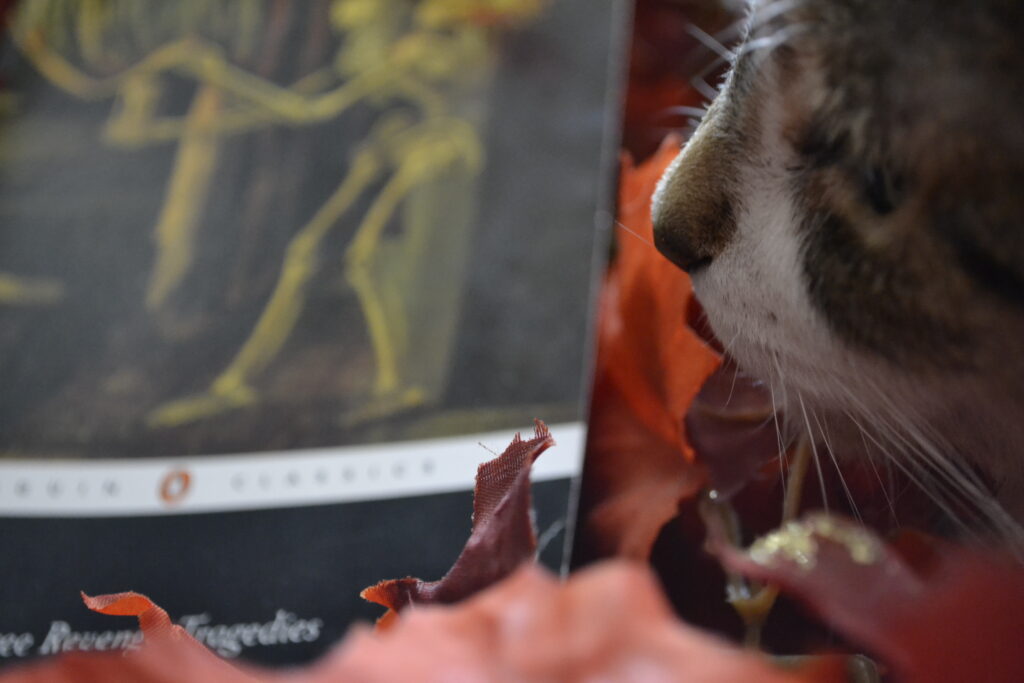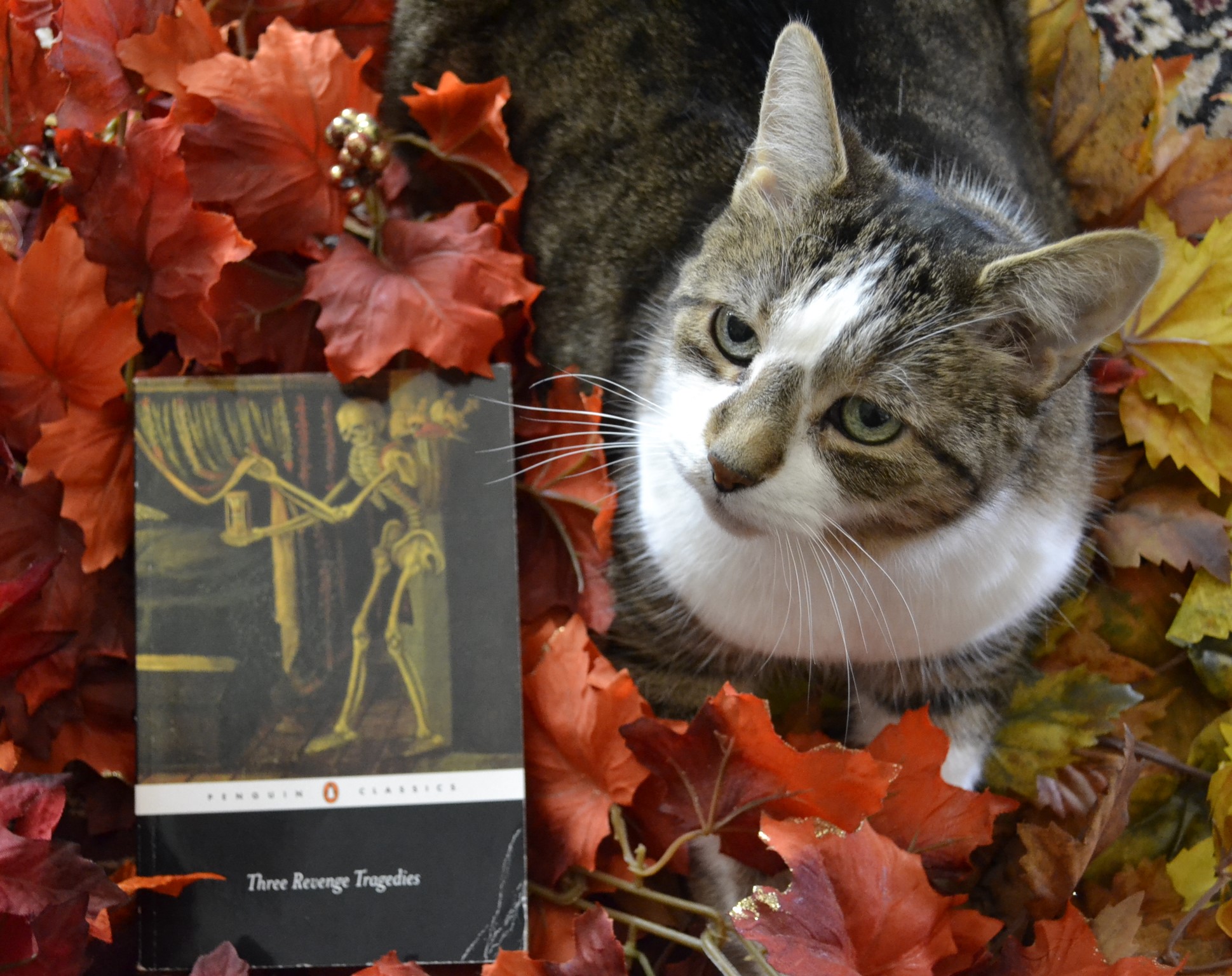So Ends Another Halloween in August
I can’t believe that this is the last post in August! We were so busy the summer seemed to fly by. But if there’s any season I want to feel that way, it’s summer. I don’t like the heat and I’m looking forward to all of that autumn cosiness that’s just around the corner. It’s hard not to bring out the sweaters already. It’s a bit easier when I remind myself that I’ll easily get some brand of heat-related illness if I get ahead of myself and wear them.
But it is some comfort that we’re doing some fall decorating today. The leaves are coming out of storage and they’re going on the walls. The cats will get into them. They’ll end up everywhere and it will be a fantastic mess. However, it will be fall-themed and that’s pretty amazing in and of itself.
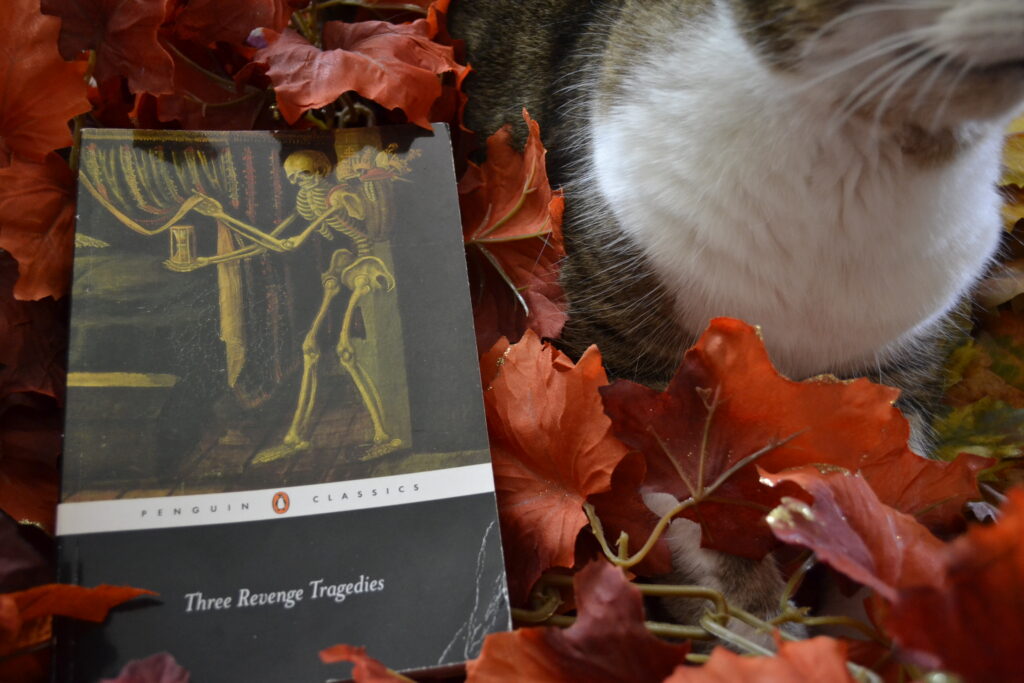
Three Jacobean Tragedies
The volume I’m reviewing this week is a collection of three revenge tragedies issued by Penguin Classics in 1969 (my edition is from 2004). For those of you that do not know the formal definition of revenge tragedy, I’ll provide Google’s definition:
A style of drama, popular in England during the late 16th and 17th centuries, in which the basic plot was a quest for vengeance and which typically featured scenes of carnage and mutilation.
That definitely fits the category of spooky stories! Now I’ll give a brief summary of each of the plays in the volume:
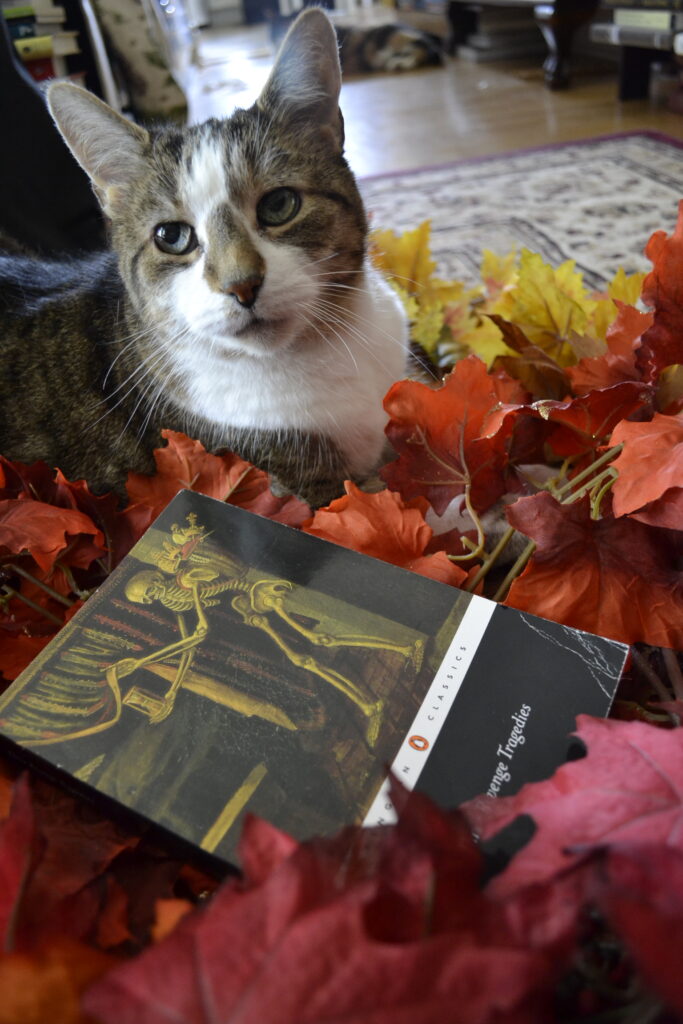
The Revenger’s Tragedy by Tourneur (1607) – Basically this is a play of many twists and turns. There is revenge. There is murder. There is a murderer taking his victim’s clothing to get away with murder. There are disguises. There are executions. I will warn that there are also instances of sexual violence. Basically, there is an evil duke’s son that is tearing up court with his lust and with his lack of any kind of morality. That’s the easiest way to describe the play since I found this one felt the longest of the volume and the most convoluted. As a warning, there are disputes still raging about who actually wrote the play at all, but I don’t know enough the history to provide any kind of opinion on that.
The White Devil by Webster (1612) – Vittoria and Brachiano start a torrid love affair despite the fact that they are both married. Deciding that the simplest solution is to murder both their spouses, they find out during the course of the play that evil deeds eventually catch up with the evil doers. Actually, if I can make an outlandish comparison, there was something in this drama that reminded me of Double Indemnity. It should be noted that the point of the narrative is that those that put the most into appearing innocent often are the furthest from it.
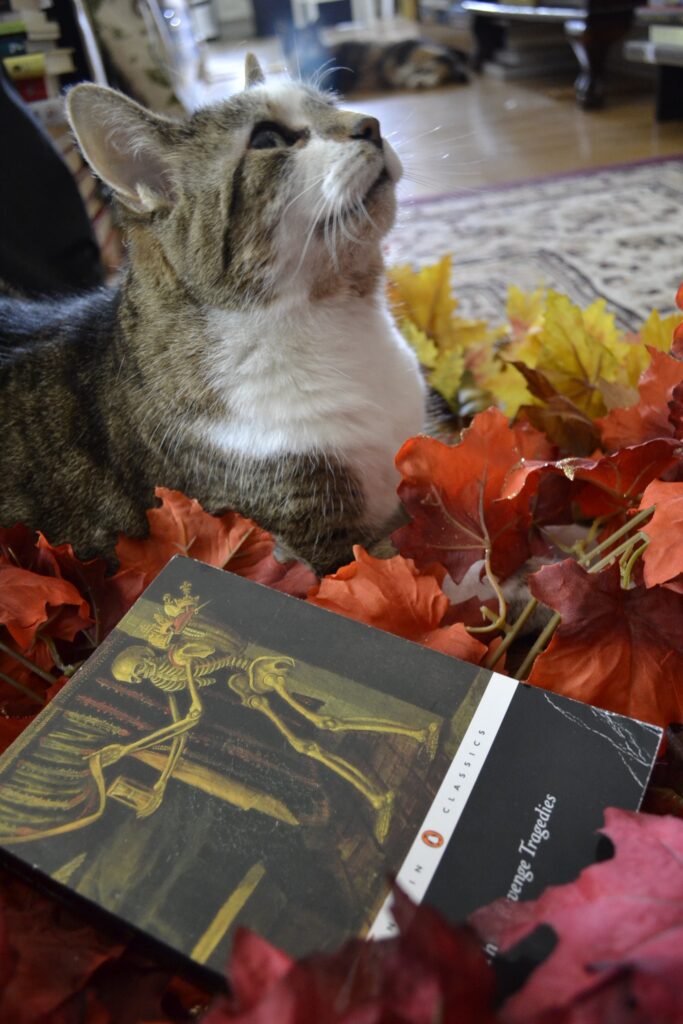
The Changeling by Middleton and Rowley (1653) – Beatrice-Joanna is engaged to Alonzo, but when she meets Alsemero she decides that she would rather marry him. So, she gets her father’s loyal servant who is also in love with her, De Flores, to kill her fiancé so she can be free to marry Alsemero. Tragedy ensues. It’s to be noted that this play features comic subplot of mistaken identity in an asylum setting, but I thought it was a bit distracting and a lot more difficult to follow than the main feature.
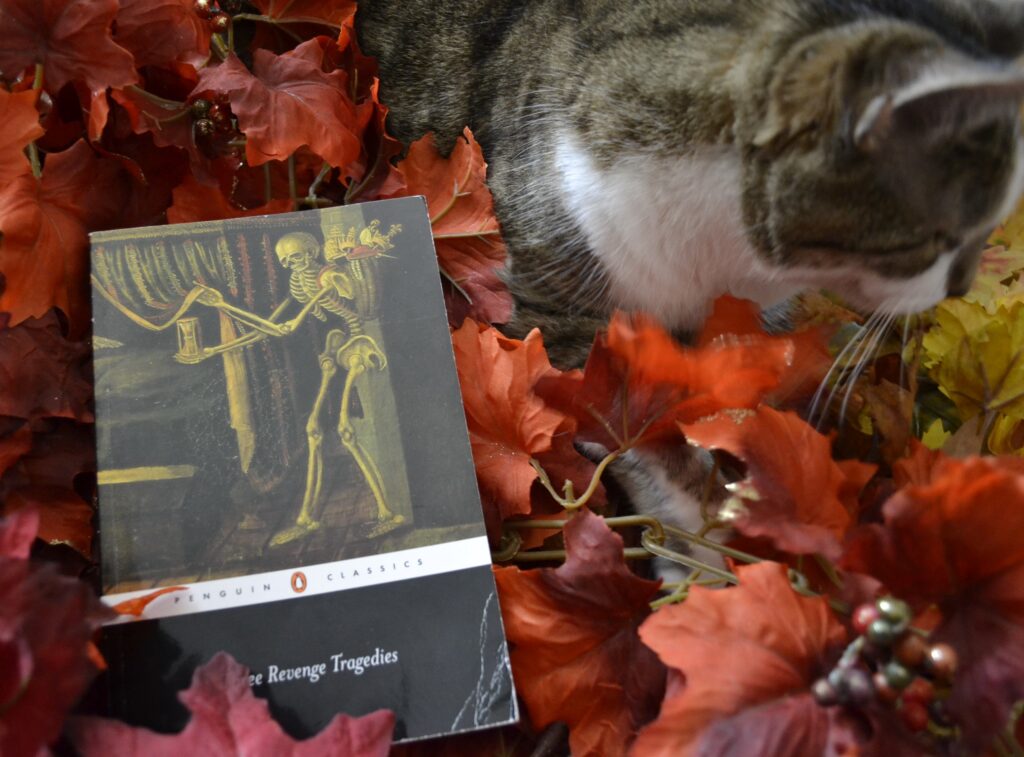
The Changeling, in Specific
I was particularly drawn to The Changeling because it features something very different for the time period, that being a woman that is the author of her own fate and the driving force behind the plot. The other two plays feature women but in much more subordinate roles, and they are more limited in terms of their thoughts and actions. Beatrice-Joanna is evil, yes, but at least she has depth. She has emotions that aren’t fluffy facsimiles of strong emotions. She decides to change her fate and does so. It’s refreshing, considering this play was written several hundred years ago, and its part of the reason it is still studied in literature classes today.
So, if you only read one of these dramas, I would strongly recommend The Changeling. The other two plays are good as well, but I think that the last is the best in this case.

General Style and Substance
Often readers pick up a play and think that it will be easier to read because of the script format. Plays are not easier to read. They require the reader to spend more time thinking about the text and they require the reader to have much more imagination so that they can visualize the scene they are reading. I find this era in plays particularly challenging because, though some may find the style similar to Shakespeare, the style is less direct, more ornamented, and more challenging.
Another note that’s important to remember: though each of these plays is set in Italy and feature Italian nobles, they were written by British writers, and this oftentimes renders some facts of the plays a bit ridiculous. The Italian court was a popular mask for commentary on the English court at the time and setting it there was a way for playwrights to justifiably save their necks. However, it is important to remember this when reading because it helps to contextualize the statement that’s being made and who it’s being made about.
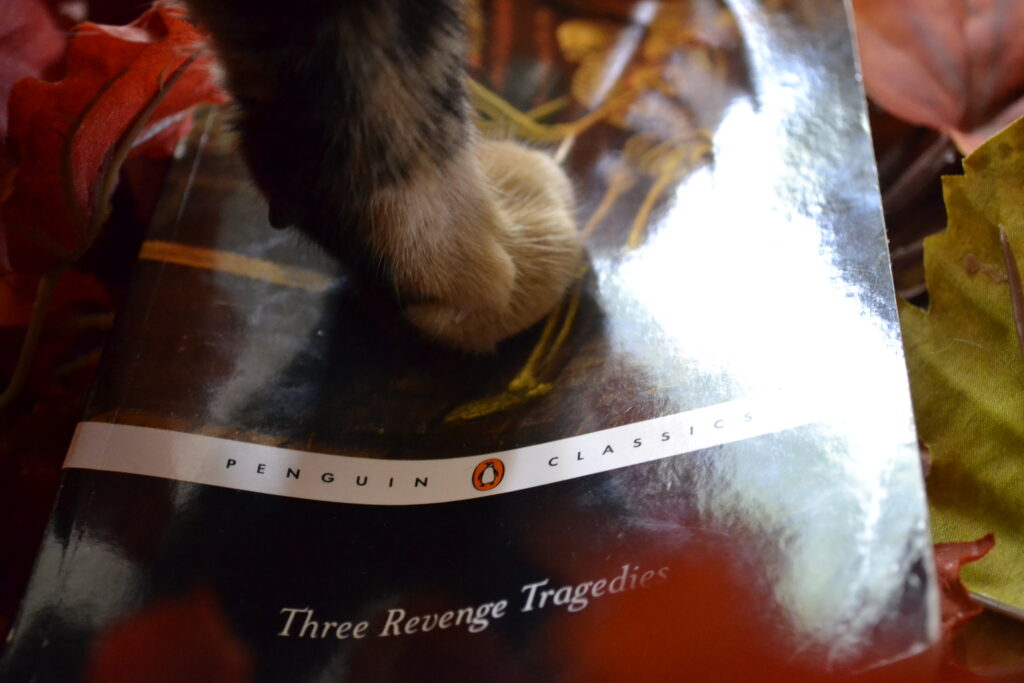
So Begins Plays in September
This is a bit of a bridge post in the sense that it’s spooky enough for Halloween in August, but it also would quality for September’s theme — plays! I’ve gotten into reading them recently as a way to more fully enjoy the theatre festival, and I thought I would take the month to review some of my favourites. I haven’t read as much drama as I have literature in general, but it’s important to branch out and extend your knowledge when the mood strikes you.
It’s important when the mood doesn’t strike you, as well.
